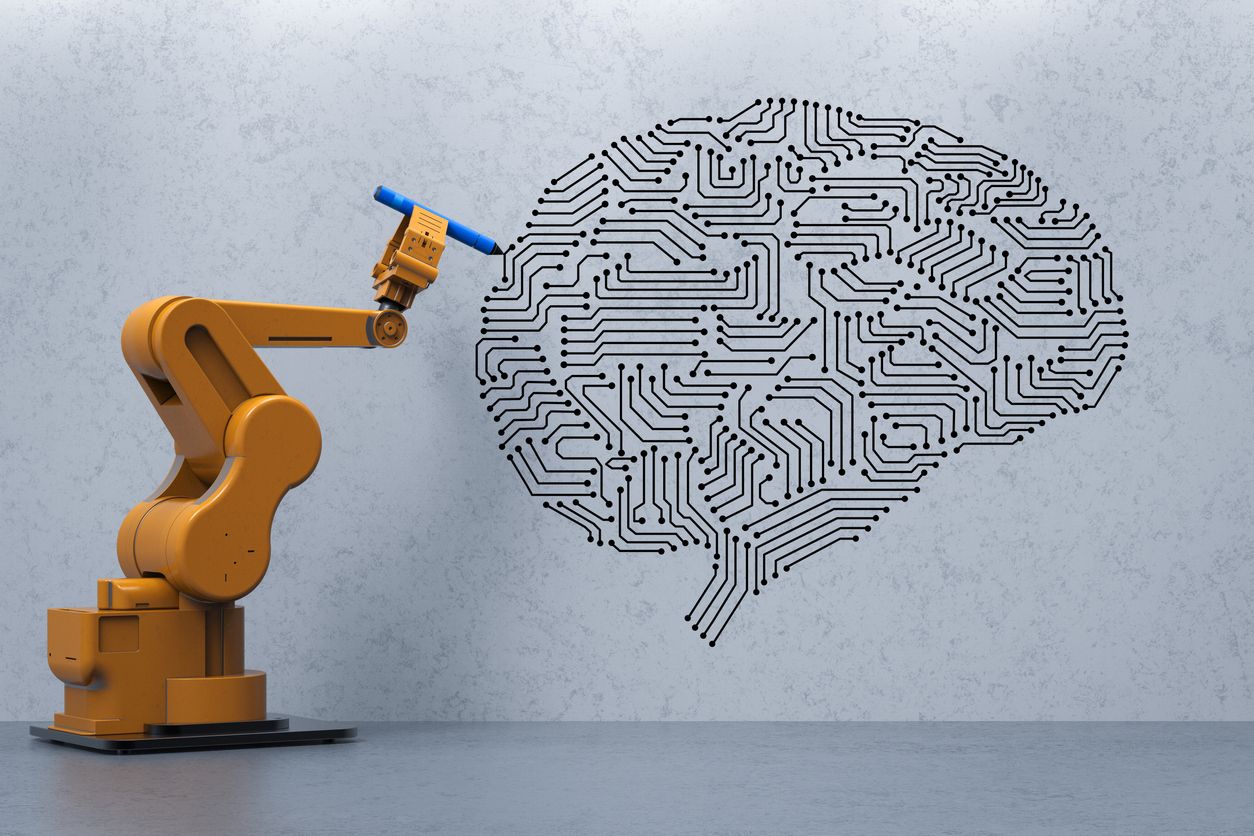Artificial intelligence has come a long way over the years. From the early days of “smart” appliances and digital assistants, we’ve seen AI grow more complex and sophisticated by the day. But what exactly is artificial intelligence, and why are neural networks so important in its development? In this blog post, we will explore these questions and more, to give you a better understanding of why neural networks are so essential in AI development. By the end, you’ll have a better grasp of what all the hype is about and why they’re such a crucial part of the technology landscape.
What are neural networks?
Neural networks are a type of artificial intelligence that are composed of interconnected nodes, or neurons. These networks can learn to solve complex problems on their own by adjusting their activity levels in response to experience. This makes neural networks very powerful and versatile tools for solving problems.
One of the most important factors that determines how well a neural network will perform is its input data. The more varied and accurate the data, the better the neural network will be at learning and solving problems. Additionally, it is important to have good training data to properly initialize the neural network.
How do neural networks work?
Neural networks are a type of machine learning algorithm that is used to model complex behaviors. They work by taking in data and training the algorithms to recognize patterns. This allows them to make predictions about future events. Neural networks are often used in artificial intelligence because they can learn how to do tasks on their own, rather than being programmed specifically for that task.
How can neural networks be used in artificial intelligence?
Artificial intelligence (AI) is a field of computer science that deals with the creation of intelligent agents, which are systems that can reason and learn. Neural networks are one type of AI algorithm, which use simulated neurons to mimic the workings of the brain. Neural networks have been used in many different areas of AI research, including machine learning (a subfield of AI focused on teaching computers how to learn from data), natural language processing (NLP), and robotics.
One key advantage of neural networks is their flexibility. They can be trained to perform a wide variety of tasks, no matter how complicated. This makes them powerful tools for machine learning. Neural networks can also generate new insights on their own by “learning” from data. This ability has led researchers to use neural networks in fields like medicine and finance, where they are attempting to predict outcomes or make financial decisions based on historical data.
Neural networks can also be used in conjunction with other types of AI algorithms, such as deep learning, to create more sophisticated systems. In deep learning, neural networks are “deepened” by having several layers of neurons. This allows them to process complex data more effectively.
What are the benefits of using neural networks in artificial intelligence?
There are many benefits to using neural networks in artificial intelligence. Neural networks are a type of machine learning algorithm that can be very effective at solving problems. They can learn from data and improve over time. Neural networks can also be very fast, which is important for AI applications such as search engines and chatbots that need to respond quickly to changes in the environment.
Another benefit of using neural networks is that they can be taught to do things that other machine learning algorithms cannot do. For example, neural networks are good at recognizing patterns and making predictions. This makes them well-suited for tasks such as predicting financial markets or identifying unknown objects in photos.
Overall, neural networks are a powerful tool for AI development and are likely to continue becoming more popular in the future. their many benefits make them a good choice for most applications
Conclusion
Neural networks are an increasingly popular tool in the field of artificial intelligence (AI), as they have proven to be particularly adept at tasks such as image recognition, natural language processing, and machine learning. As AI becomes more widely adopted, neural networks will continue to play a key role in its development and implementation. So why should you consider using them? Well, for one thing, neural networks are able to learn on their own – which means that no human intervention is required to update or improve their performance. Additionally, they are relatively quick and efficient when it comes to carrying out a task – meaning that they can handle large data sets quickly and accurately. If you’re looking for a way to strengthen your AI skillset or expand your knowledge of the topic altogether, then take a look at our selection of neural networks products and see how they might be useful for you.





